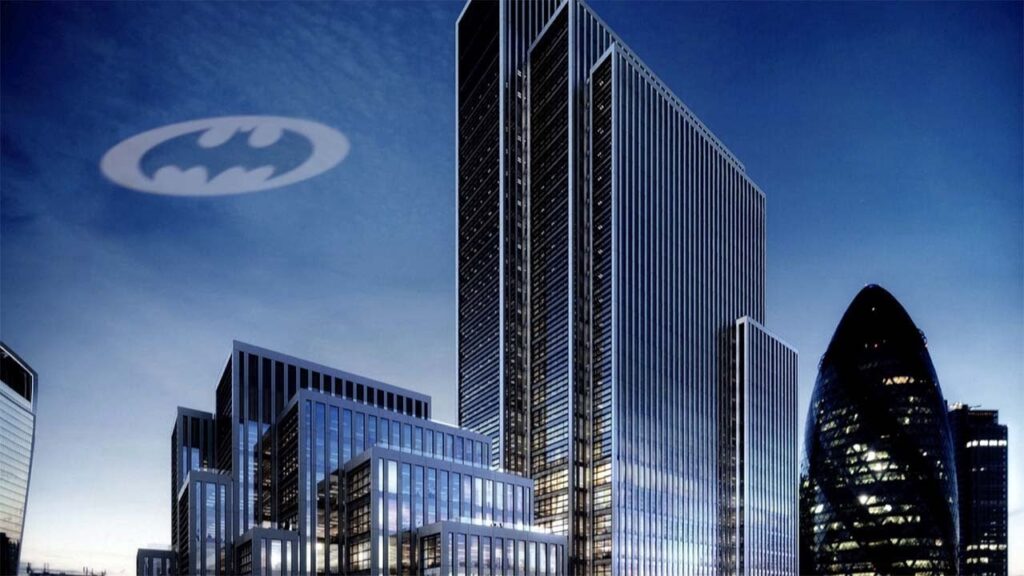Tire Manufacturing for Heavy Quarry Equipment
- The wheel of a 220-tonner is a one-off product, almost entirely handmade.
- The rubber base is built layer by layer, using different grades of rubber with varying properties.
- The “bracelet” is created by fitting synthetic rubber sheets together by hand.
- The bracelet is then put on a hollow mold, stretched, and centered using an expander.
- The edges are tucked in, and strong steel “wings” are installed to hold the wheel on the hub.
- A rubber tube is created, which will become the inner base of the tire.
- The tube is covered with an outer layer of strong rubber, which becomes the tread after heat treatment.
- The tire is molded, compressed, and inflated with air to give it shape.
- The tire is then vulcanized in an autoclave oven to connect the rubber molecules and create a strong bond.
- The finished tire is inspected thoroughly, including X-ray, to ensure perfection.
- Defects are repaired using a strong rubber patch, allowing the tire to last for several thousand kilometers.
| Term | Definition | Example Usage |
|---|---|---|
| Autoclave | A pressure vessel used to sterilize or heat-treat materials, including rubber. | The tire is then vulcanized in an autoclave oven to connect the rubber molecules and create a strong bond. |
| Bracelet | A component of a tire, created by fitting synthetic rubber sheets together by hand. | The “bracelet” is created by fitting synthetic rubber sheets together by hand. |
| Defects | Flaws or imperfections in a product, including a tire. | Defects are repaired using a strong rubber patch, allowing the tire to last for several thousand kilometers. |
| Heat Treatment | A process of heating and cooling materials, including rubber, to change their properties. | The outer layer of strong rubber, which becomes the tread after heat treatment. |
| Mold | A hollow shape used to give a material, such as rubber, its desired form. | The bracelet is then put on a hollow mold, stretched, and centered using an expander. |
| Vulcanization | A process of treating rubber with sulfur to improve its strength and durability. | The tire is then vulcanized in an autoclave oven to connect the rubber molecules and create a strong bond. |
| X-ray | A non-destructive testing method that uses X-rays to inspect materials, including tires. | The finished tire is inspected thoroughly, including X-ray, to ensure perfection. |
| Hub | The central part of a wheel or tire that connects it to the vehicle. | The edges are tucked in, and strong steel “wings” are installed to hold the wheel on the hub. |
| Expander | A tool used to stretch and center materials, such as rubber sheets, in a mold. | The bracelet is then put on a hollow mold, stretched, and centered using an expander. |
| Tread | The outer layer of a tire that comes into contact with the road. | The outer layer of strong rubber, which becomes the tread after heat treatment. |
Vocabulary Quiz: Tire Manufacturing for Heavy Quarry Equipment
-
What does “one-off” mean in the context of the wheel of a 220-tonner?
- mass-produced
- custom-made
- machine-made
- high-quality
-
What are the “grades” of rubber mentioned in the text?
- types of rubber
- levels of quality
- colors of rubber
- textures of rubber
-
What is the purpose of the “expander” in the manufacturing process?
- to stretch the rubber
- to compress the rubber
- to shape the rubber
- to heat the rubber
-
What is “vulcanization” in the context of tire manufacturing?
- a process to create a strong bond between rubber molecules
- a process to shape the tire
- a process to add color to the tire
- a process to repair defects
-
What is the purpose of the “X-ray” inspection in the manufacturing process?
- to add a finishing touch to the tire
- to ensure the tire is perfect
- to test the tire’s durability
- to package the tire
Answer Key
- b) custom-made
- a) types of rubber
- a) to stretch the rubber
- a) a process to create a strong bond between rubber molecules
- b) to ensure the tire is perfect
The Use of Passive Voice in Technical Descriptions
| Explanation |
|---|
| In technical descriptions, the passive voice is often used to focus on the process or action rather than the doer. This creates a more objective and formal tone, which is suitable for technical writing. The passive voice is formed using a form of the verb “to be” (e.g., is, are, was, were) and the past participle of the main verb. For example, in the sentence “The rubber base is built layer by layer…”, the focus is on the action of building the rubber base, rather than on who is performing the action. |
Quiz
| Choose the correct sentence in the passive voice: |
|---|
|
Which of the following sentences is in the passive voice? A) The technician builds the rubber base layer by layer. B) The rubber base is built layer by layer. C) Building the rubber base is a complex process. D) The process of building the rubber base is complex. |
|
Which of the following sentences is in the passive voice? A) The team installs strong steel “wings” to hold the wheel on the hub. B) Strong steel “wings” are installed to hold the wheel on the hub. C) The installation of strong steel “wings” is a crucial step. D) Installing strong steel “wings” is a crucial step. |
|
Which of the following sentences is in the passive voice? A) The quality control team inspects the finished tire thoroughly. B) The finished tire is inspected thoroughly. C) Inspecting the finished tire is a thorough process. D) The process of inspecting the finished tire is thorough. |
|
Which of the following sentences is in the active voice? A) The tire is vulcanized in an autoclave oven. B) The technician vulcanizes the tire in an autoclave oven. C) Vulcanizing the tire is a complex process. D) The process of vulcanizing the tire is complex. |
|
Which of the following sentences is in the passive voice? A) The X-ray machine checks the tire for defects. B) The tire is checked for defects using an X-ray machine. C) Checking the tire for defects is done using an X-ray machine. D) The process of checking the tire for defects uses an X-ray machine. |
Answer Key
| Answer Key |
|---|
|
1. B) The rubber base is built layer by layer. 2. B) Strong steel “wings” are installed to hold the wheel on the hub. 3. B) The finished tire is inspected thoroughly. 4. B) The technician vulcanizes the tire in an autoclave oven. 5. B) The tire is checked for defects using an X-ray machine. |




